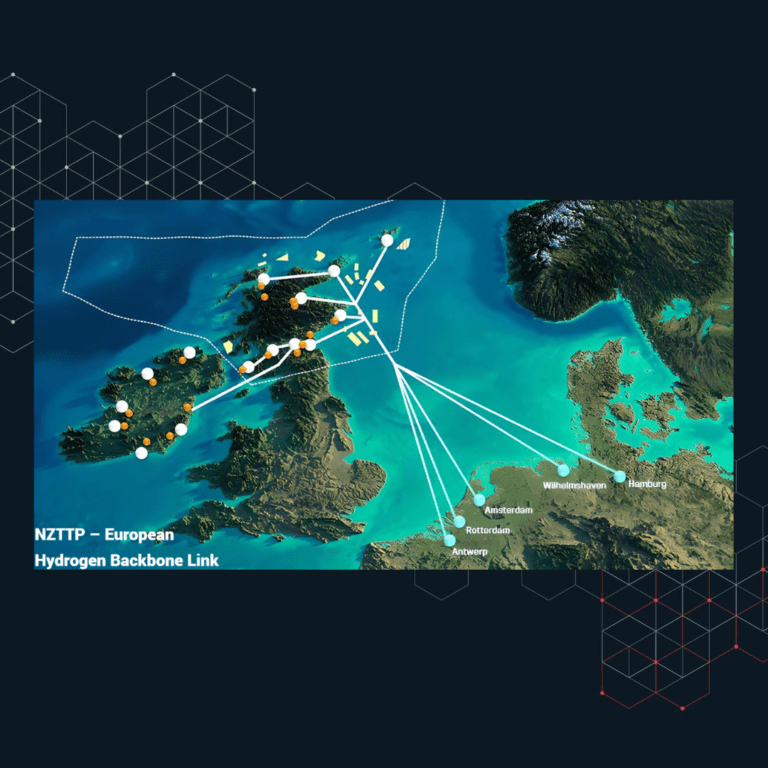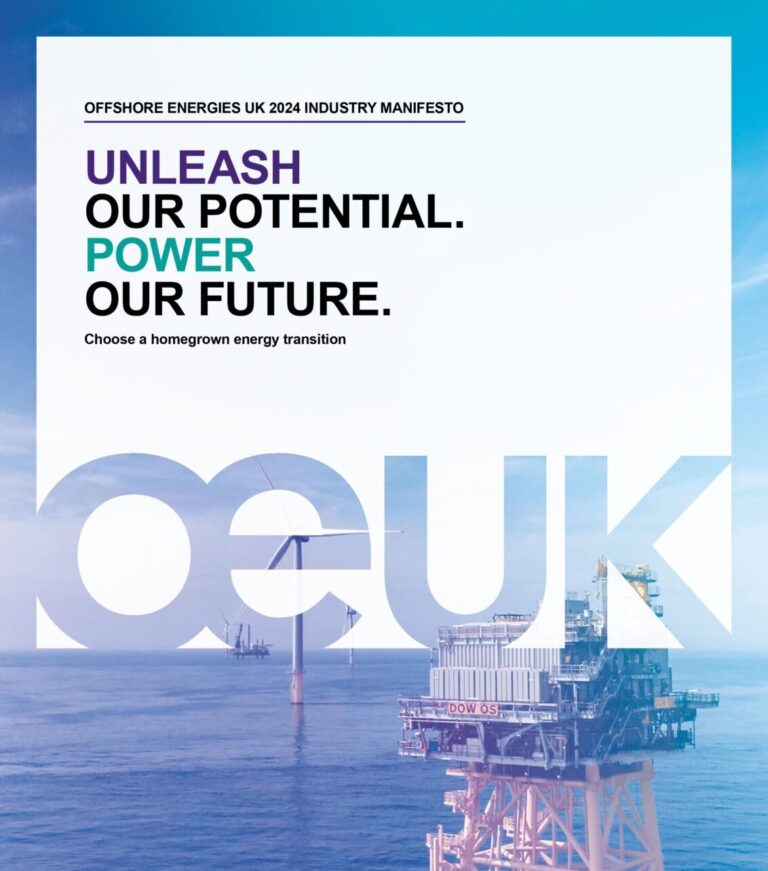Shale UK 2015: A Non-Geologist Review
I was fortunate to attend an event organised on behalf of The Geological Society. For me, the main reason to attend this event was to get a good overview of the current state of the shale opportunities in the UK and the best place to start is to talk to those in charge of studying and interpreting the geology of the UK.
The conference was organised in a way that the non-geologist general public could have a better understanding of the current state of play for shale in the UK, starting with a general overview of shale around the world where Mike Stephenson from the BGS provided an overview of the BGS role, Nick Tew (Alabama State Geologist) discuss the role of regulatory bodies in the US and Piotr Krzywiec presented the Shale Development in Poland as a case study; they provided the following advise:
> In the US, the regulatory agencies got caught flat-footed. We got
> behind. We are playing catch up with the regulatory environment. Nick
> Tew, Alabama state geologist and oil and gas regulator.
> A very precise mechanism needs to be devised, with point-by-point
> instructions, on what data the companies must provide. So at least you
> will know what data should be provided and then British Geological
> Survey can make it comprehensive. Piotre Krzywiec, Polish Institute of
> Geological Sciences.
The following session was an update on the UK shale resource assessment focused on the Weald, West Lothian and Bowland regions. An in-depth discussion on the thickness of the Bowland shale play provided a clear explanation of why this area is of such interest:
> The Bowland shale represents enormous potential resource”. If you
> assumed 10% was recoverable, he said, “you are looking at 200 billion
> cubic feet [of gas] from one site. John Blaymires, COO IGas Energy.
So, if the Bowland can be extremely productive, what can we expect?
> We are never going to develop shale gas in the way it was developed in
> the US. John Blaymires, COO IGas Energy.
This is because the drivers are different, the UK land owner does not have rights to minerals in the same way the US land owner has, the regulatory bodies are working proactively and the footprint will be extremely controlled and limited.
And although the thickness of the shale in Bowland may be larger than the US shales such as Eagle Ford and Marcellus, it is important to note that the geology in the UK is much more complicated.
The following sessions took the audience to a more technical dimension in terms of geology and petrophysics, but Adam Law from ERC Equipoise brought an economic/commercial latitude to the conference discussing the Shale UK opportunities under the PRMS assessment indicating that the earliest developments are 5 to 6 years away.
The subsequent presentations discussed the impact of shale development in the UK, including fracking and the CO₂ footprint, the impact on water resources, the possible use of brownfields for initial fracking and the urgent need to begin fracking trials under public scrutiny in order to get real results that can be openly debated.
So, apart from learning a lot about the geology of the UK shale resources, I also learned that we are not that far away from seeing the first shale and fracking activity, hopefully the regulators will facilitate transparency and this will provide an open and honest debate.



